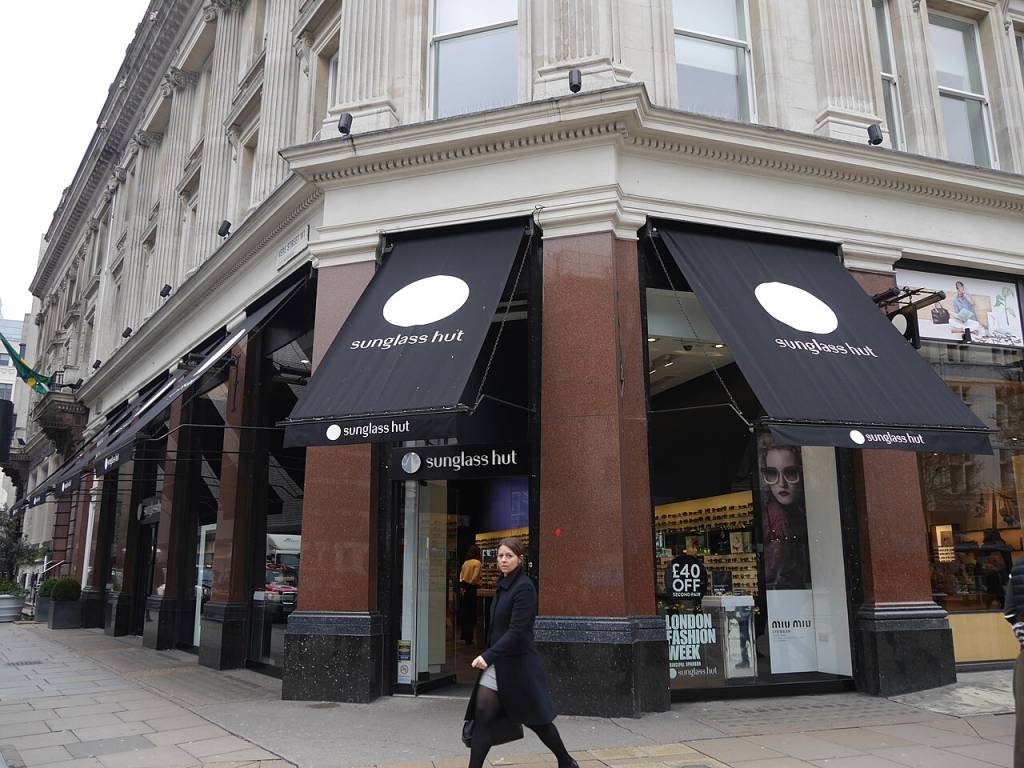There’s a myth in innovation that creativity means letting go and throwing out the box. Everyone needs to open their mind completely and let possibilities flow in from everywhere. There’s no structure – just openness. That’s how you get the good ideas.
It’s a myth because it’s not true – innovation sessions without structure rarely go anywhere. But people believe that myth because they don’t want to limit themselves creatively. What if they pick the wrong area to focus on? What if they don’t get the big idea because they’re too focused?
If this sounds familiar to you, it’s because many business owners and job seekers do the same thing. They don’t want to eliminate any possible customers by focusing in on a particular demographic. So they try (and fail) to appeal to everyone.
This strategy doesn’t work. When you refuse to focus in on who you really want to appeal to, you spread your attention across too many potential “customers’ to do it well.
In my field, we handle this in a simple way. At first, we do an Opportunity Exploration to really explore the challenge our clients are facing. This session has the potential to go anywhere – our goal is to listen for themes in what the client’s customers are saying. Then, we use what we heard to decide on the top “Opportunity Areas”. After that, we generate ideas in one Opportunity Area at a time.
This strategy works because we find the areas with the most potential (and passion from customers) and then spend our creative energy in those areas. The result is lot of highly-focused ideas that appeal to customers’ particular unmet needs.
Marketers approach limiting their customer in a similar way. Companies that are really invested in their sales and marketing efforts know that they need to focus in on certain customer segments to be really effective. So they develop buyer personas that describe their main consumers.
Those buyer personas really focus on who a potential customer is. They include things such as:
- Age
- Gender
- Salary / household income
- Location: urban / suburban / rural
- Education
- Family
- Values (in regards to your area)
- Main challenge/concern (in regards to your area)
- Main goal (in regards to your area)
Marketers dive really down deep into defining their ideal persona – even giving them a name and a picture.
It feels that those marketers are limiting their possible customers by giving them so much definition. But what marketers are actually doing is making it easier for them to come up with possibilities to appeal to that particular customer.
Buyer personas give marketers a deeper understanding of the needs of their customer. “Entrepreneur running a small business” is a vague concept. But “Stacy, 39, who started her business in her garage and is finding that she’s spending more time doing paperwork than the creative work she love – but who is hesitant to pay someone else to do something she can do.” is someone easy to visualize and understand. That makes it easier to develop ways to appeal specifically to Stacy.
Even though focusing on one type of customer seems like it limits the potential of what you’re doing, it actually is a powerful tool everyone doing personal branding should use. Just like in innovation and in marketing, focusing in on the areas of opportunity and in on specific customers will actually lead to more powerful personal branding.












